(TITC) - Not a fan of the hustle, bustle cities of Vietnam? Here are 8 treks for discovering Vietnam’s rural heartlands, where the serene setting is full of adventurous hikes to remote villages, lofty lookouts, tumbling waterfalls and the summit of Indochina’s highest mountain.
Lonely Planet Magazine stated many of Vietnam’s top hikes are great attempts with local support. Although the tropical terrain can be challenging, the weather can be unpredictable, the towering topography, and the mountainous north of the country offers the best trekking opportunities.
1. Cultural treks from Sapa
This route is considered as the easiest hike and suitable for beginners. Travellers only need to spend 1-2 days on this trek route. Hills-tribe treks from Sapa in northern Vietnam are one of the mainstream hiking paths these days. A companion of a guide would be recommended since they will help you with local minority group languages and help you become acquainted with the diverse communities. Treks to Sin Chai, Cat Cat, Ban Ho, and Y Linh Ho are suggested to escape from the heaviest crowds.
2. Tribal treks around Bac Ha
This is a moderate trek path in Vietnam and fits very well with tribal encounters. Travellers are suggested to take 1-3 days to experience this area.
The district of Bac Ha remains a charmingly unspoiled hub for hikes to the villages of 11 tribal groups, including the Flower Hmong, Dzao, Giay, Han, Xa Fang, Lachi, Nung, Phula, Tay, Thai, and Thulao. For a true life as a local, stay overnight in one of villages concealed in the emerald hills. Bac Ha at the weekend is full of activities, the Sunday market in Bac Ha and the Saturday market in nearby Can Cau both draw tribal people from across the region. There are also markets in the villages of Coc Ly, Lung Phin and Sin Cheng.
To warm up, take the 8km (5 miles) hike through the Flower Hmong village of Thai Giang Pho to the Tay village of Na Lo, passing some of the finest rural scenery anywhere in northern Vietnam. If you want to challenge yourself, get on the 10km (6.2 miles) hike through rice paddies, cinnamon forests and misty hills to the Dzao villages of Nam Det and Nam Khanh.
3. Fansipan
If you are a fan of adventurous and extreme sports, Fansipan will no longer be a strange name to you. At 3143m (10,312ft), Vietnam’s highest mountain presents a satisfying challenge. Climb up to the top, a full view across the Tonkinese Alps when the clouds clear. The summit of the mountain known as the “roof of Indochina” is most easily reached from the Tram Ton pass on the northern side of the mountain, accessible by local bus from Sapa. Trekkers should spend 1-2 nights camping at Cat Cat or Sin Chai Villages and guides are mandatory.
4. Ba Be National Park
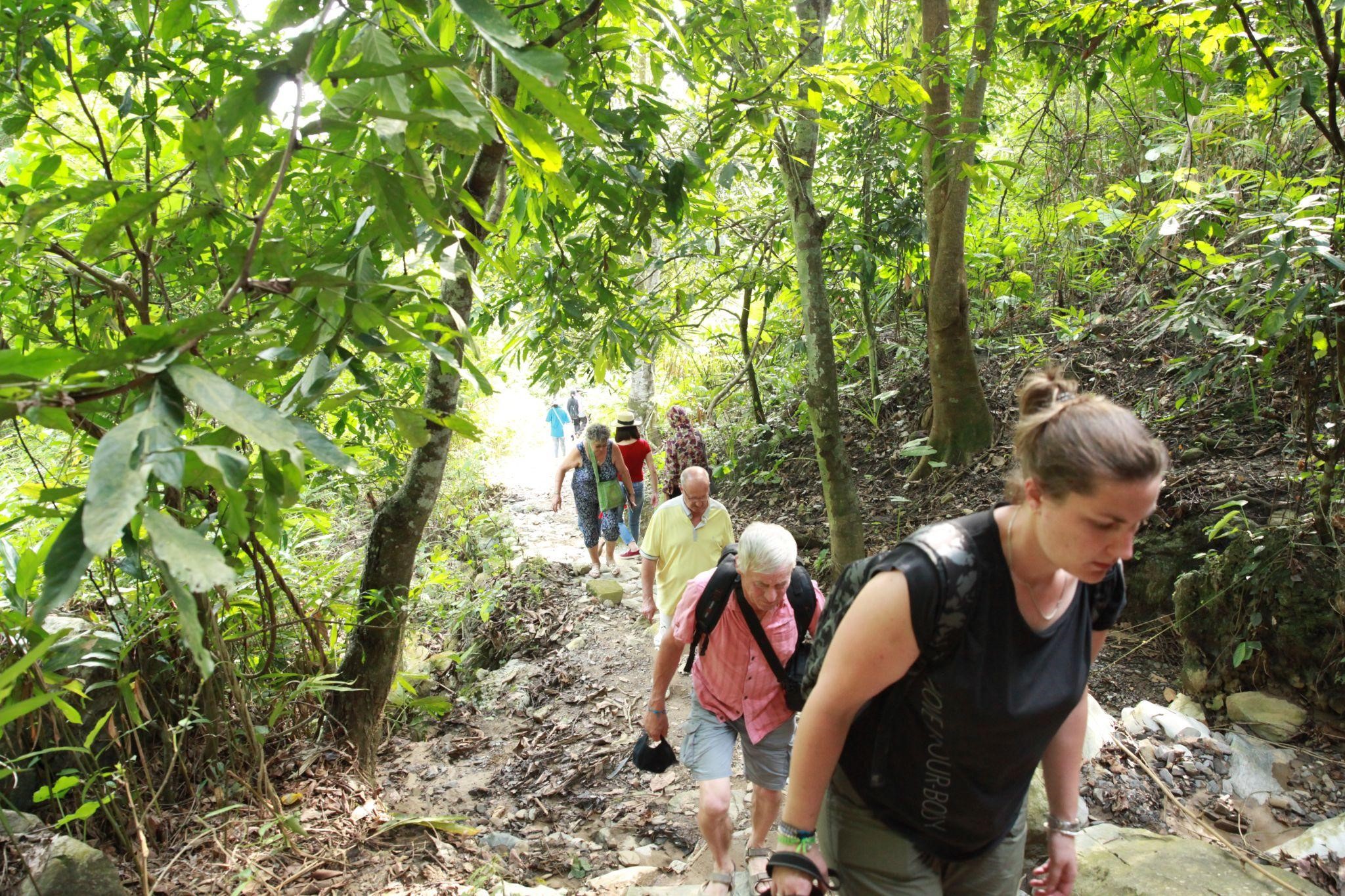
Not too fancy the crowds? Trekking in Ba Be National Park would be the perfect path. This trekking path is a moderate level with lush and green, a deep dive into mountain culture and a way of life that still moves with the rhythms of the seasons. Limestone peaks climbing out of misty valleys lined with ribbon-like lakes, dense jungles hiding myriad bird, mammal and butterfly species, and a dozen villages populated by the Tay, Dzao and Hmong communities.
5. Cat Ba National Park
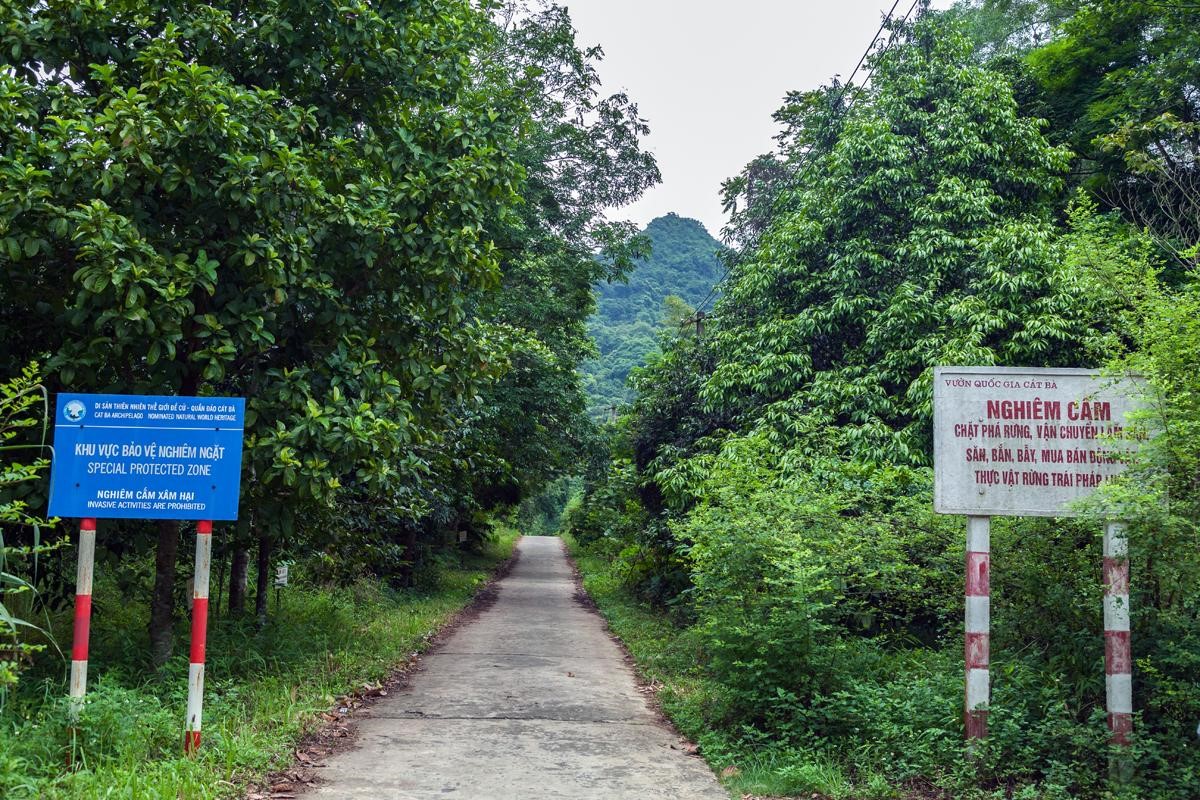
Best island adventure trek ever, trekkers should spend 1-2 days here to admire the scenery of Cat Ba island, the impossibly green with beds of moss and forest glades exhibiting a spectrum of emerald, lime, chartreuse and other hues. With guides accompanying you, the wildlife seems to be closer than ever with deers, monkeys, birds, and especially golden-headed langurs, the world’s most endangered primate. The park is also a great spot for climbing, with several operators running trips to local karst outcrops with all gear included.
6. Cat Tien National Park
Heading to the south of Vietnam, Cat Tien National Park covers 72,000 hectares (177,916 acres) of lowland tropical rainforest that teems with biodiversity. The most popular trip is the half-day hike from the national park headquarters in search of golden-cheeked gibbons, though this involves an early start to catch the primates’ hooting dawn chorus.
7. Mai Chau Villages
Another spot for hiking near Ha Noi, about 135km (84 miles) southwest of the capital, Mai Chau floats on a green carpet of rice fields. There are many popular destinations for walks in villages inhabited by the White Thai, known for their colourful textiles. Trekkers can try the 18km (11-mile) trek from Ban Lac village to Xa Linh village with the guide from locals. A vehicle will be needed at the end of the trail for the trip back to Mai Chau.
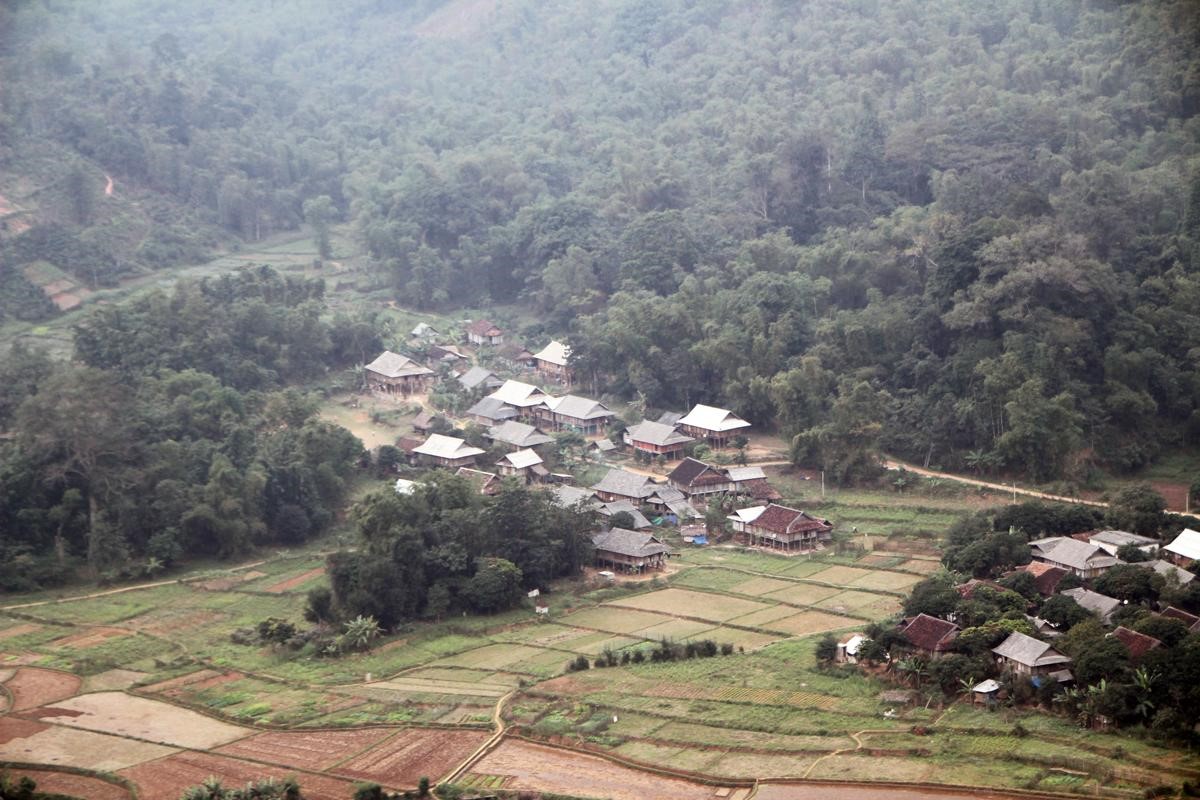
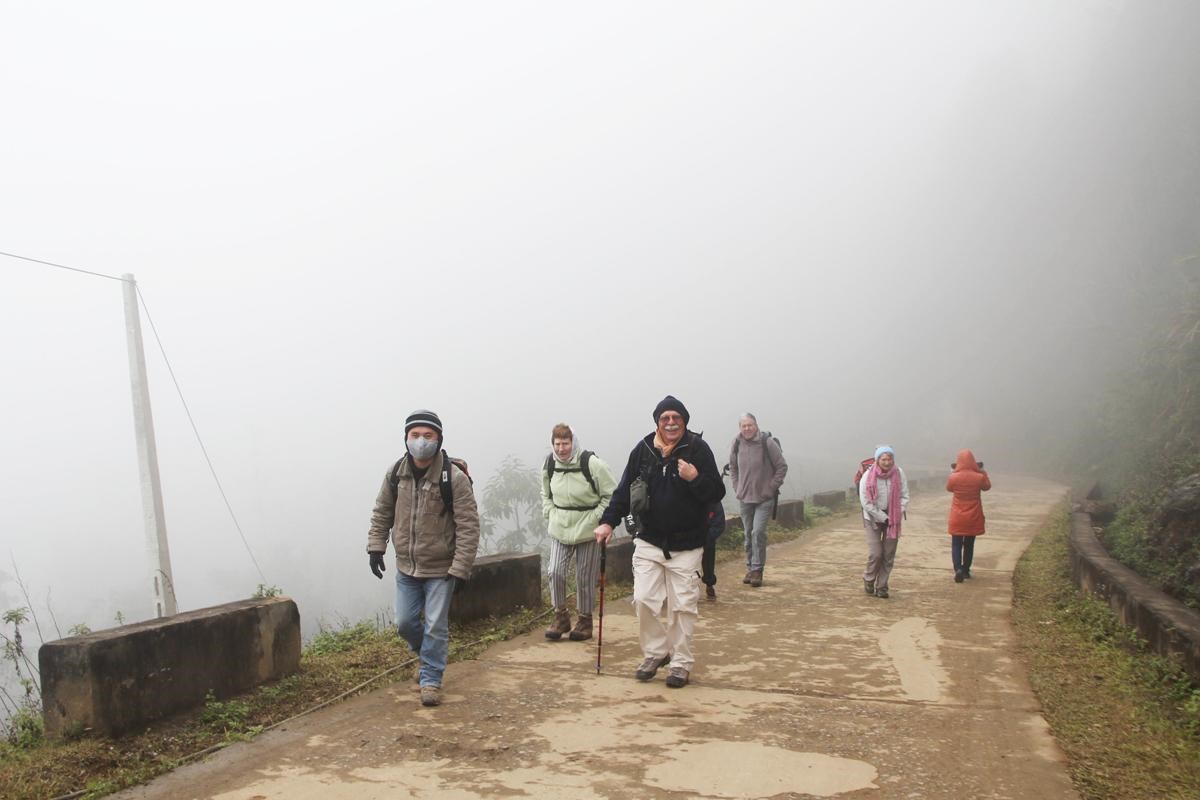
8. Cao Bang
Best off-the-beaten-track treks in the far northeast of Vietnam, Cao Bang is the place to discover rural communities that have so far escaped the influence of mass tourism. The main destinations for hikers are hillside villages of the Tay, Nung, Hmong, Dzao and Lolo people, with markets that shift from village to village on different days of the lunar month. Trekkers can stroll around Ban Gioc Waterfall and Nguom Ngao Cave to enjoy the magnificent scenery.

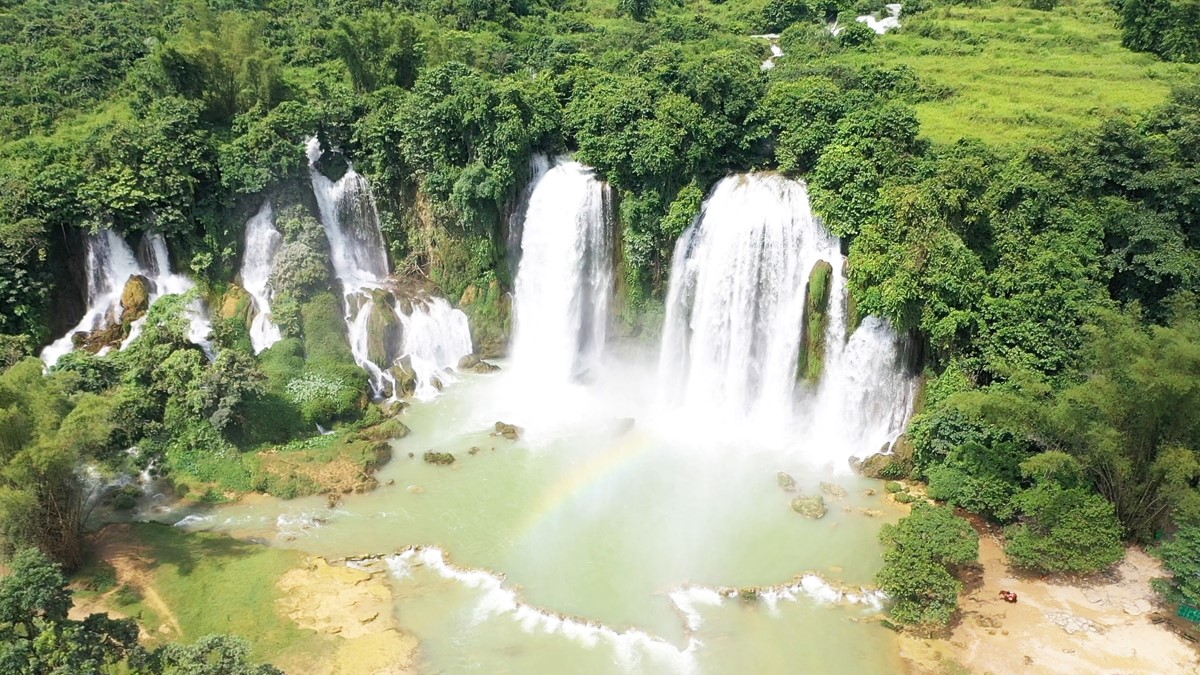
Tourism Information Technology Center